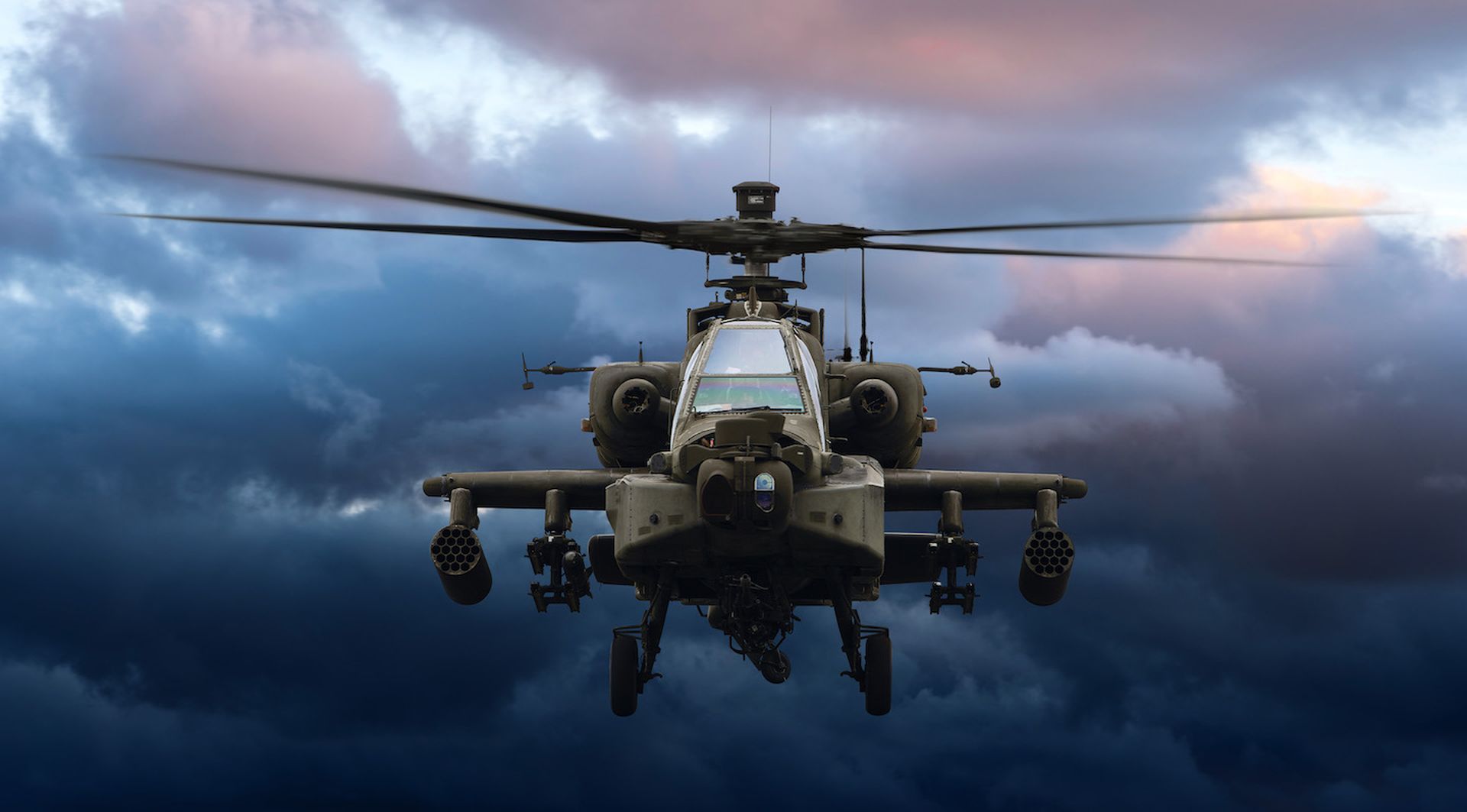
A critical design review for a new turbine engine that will power enduring and future Army aircraft is still on, despite a two-week delay in the program tied to COVID-19, aviation leaders said May 7.
The Improved Turbine Engine Program review has been rescheduled to mid-June, but remains ahead of schedule in accordance with the acquisition program baseline established at Milestone B, said Col. Roger Kuykendall, the Aviation Turbine Engines project manager.
ITEP is the designated engine for the Future Attack Reconnaissance Aircraft, or FARA, and is the replacement for the current T700 engines that power the Army’s AH-64 Apache and UH-60 Black Hawk fleet, Program Executive Office Aviation officials said in February.
The engine has been designed to fit into the existing engine compartments of both aircraft as a drop-in replacement whereas the FARA aircraft are being designed based upon the ITEP design, officials said. The new engine will provide significant power enhancement when compared to the T700 and will significantly increase aircraft range, payload and endurance, and perform in a wide range of environments.
“We continue to monitor and assess [risks] daily, in conjunction with [General Electric] to minimize future impacts,” Kuykendall said. “It is a true testament to GE and the government team to have only recognized that one impact to date.”
The PEO Aviation workforce and industry partners have both stepped up to fulfill the mission during this hard time, as the force works to stay on schedule amid the COVID-19 pandemic, said Patrick Mason, head of PEO Aviation.
“The workforce has shown an incredible persistence and resilience,” Mason said, adding many companies continue to deliver and find ways to decrease risk throughout their supply chain. “Our adaptability has been amazing.”
FARA, FLRAA
Tied to the Army’s Future Vertical Lift modernization priority, both the FARA and Future Long-Range Assault Aircraft programs achieved critical milestones in March, Mason said.
Bell Helicopter Textron Inc. and a joint Sikorsky Aircraft Corp. and Boeing team were selected to participate in a competitive FLRAA demonstration and risk reduction effort to fuel future development and procurement decisions, said Col. David Phillips, FLRAA project manager.
The two companies are working on “conceptual designs through digital engineering, and looking at how [the Army] can use those designs to refine and draft requirements,” Phillips said.
Through the engineering process, the FVL Cross-Functional Team can determine what is feasible, achievable and affordable, he added. During the feedback process, the Army will set its program requirements, targeting a request for proposal by fiscal year 2021.
“Bottom line: we are on track to meet the Army’s objectives,” he said. “We have laid out a strategy that allows us to accelerate the program — to equip the force by 2030.”
The Army also selected Bell and Sikorsky to design and test competitive FARA prototypes, said Col. Gregory Fortier, FARA project manager.
The Office of the Assistant Secretary of the Army for Acquisition, Logistics and Technology and Army Futures Command have already engaged with the two companies, ensuring that FARA prototypes will be completed on time, Fortier said.
Unmanned aircraft systems
In an effort to evaluate four Future Tactical Unmanned Aerial System prototypes, the force conducted its first Soldier-operated test flight at Fort Riley, Kansas, on April 7.
Since the initial assessment, Soldiers with the 1st Armored Brigade Combat Team, 1st Infantry Division, have completed additional training on the new UAS and will continue to support the modernization effort, said Col. Scott Anderson, UAS program manager.
Soldiers with the 2nd BCT, 101st Airborne Division, started the second Future Tactical UAS evaluation recently at Fort Campbell, Kentucky, Anderson said. A third evaluation with the 1-2 Stryker BCT, 7th Infantry Division, is slated sometime in June.
“In spite of COVID-19, we are staying on schedule,” he said. “We are asking Soldiers to give us feedback. What capability do [UAS operators] need to accomplish their mission? That informs the [Army’s] requirement.”
To help penetrate a near-peer competitor’s anti-access and area-denial capabilities, the UAS team is also working with the FVL CFT to bolster the Army’s air-launched effects, he said.
ALE extends Army aviation’s reach and lethality to penetrate, disintegrate, and exploit enemy tactical integrated air defense systems, PEO Aviation officials said. Currently, the Army is establishing other transaction authorities, or a cooperative agreement with industry, to further ALE air vehicle, payloads, and mission system architecture lines of effort, Anderson added.
Through the OTAs, the force will be able to demonstrate new ALE capabilities, or mature preexisting systems, officials said.
Program leads have also received close to 40 white papers in response to the program’s OTA request for ALE technology. Leaders are now assessing the submissions and plan to integrate the new technologies, targeting an initial capability by fiscal 2024.
from Defense News by DefenceTalk.com https://ift.tt/2WOEYZT
via Defense News
No comments: